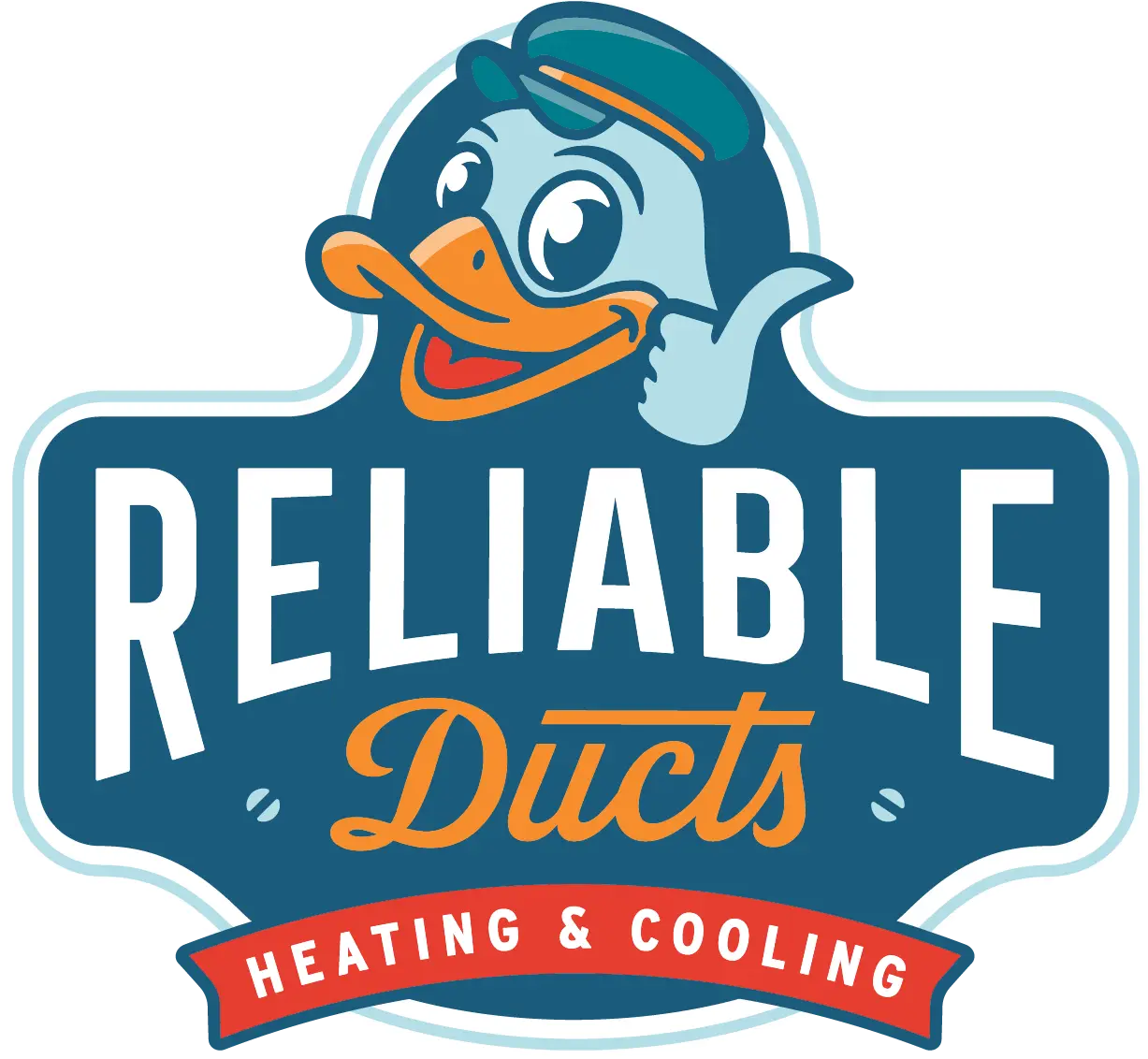Beat the Ponte Vedra Heat: Optimal AC Settings for Summer Comfort
Living in Ponte Vedra, FL, means dealing with intense summer heat. To keep your home comfortable without overspending on energy bills, it’s important to know the right temperature settings for your air conditioner. Reliable Ducts is here to provide you with expert tips and tricks to make the most out of your AC system. Ideal […]
Is It Time to Replace Your Ductwork Along with Your HVAC Unit?
When it’s time to replace your HVAC unit, one critical decision you’ll face is whether to replace your ductwork simultaneously. While the focus often lies on selecting the right HVAC system, the ductwork plays a vital role in ensuring the system’s efficiency and effectiveness. In this blog, we will explore the reasons for and against […]
Enhancing Air Quality in Palm Coast with Reliable Ducts HVAC Services
In the beautiful city of Palm Coast, where the weather swings from balmy breezes to intense heat, maintaining indoor air quality is not just a comfort but a necessity. Reliable Ducts is committed to ensuring that your HVAC system not only regulates temperature but also actively improves the air you breathe. Steps to Achieve […]
Best AC Temperature for Summer in Atlantic Beach, FL
Summer in Atlantic Beach, FL, can be scorching. Balancing comfort and energy efficiency is crucial. Let’s find that sweet spot for your air conditioner temperature and ensure your AC is running smoothly. Ideal Temperature Setting Setting your thermostat to 78°F (26°C) when you’re home is recommended. This temperature strikes a balance between keeping you […]
Clear the Air in Orange Park with Reliable Ducts HVAC Services
As the heat climbs in Orange Park, so does the demand on your HVAC system, not just to cool your home but to ensure it’s free of pollutants. Reliable Ducts is here to ensure your air conditioning system not only beats the heat but also keeps the air in your home clean and healthy. […]
Boosting Indoor Air Quality in Orange Park: The Benefits of UV Light in HVAC Systems
[vc_row][vc_column][vc_column_text]For homeowners in Orange Park, maintaining a clean and healthy indoor environment is crucial. One of the most effective ways to achieve this is by integrating UV light into your HVAC system. This blog explores the importance of UV light in HVAC units and how it can benefit your home’s air quality and efficiency. How […]
In an office HVAC system, which air filter is best?
Maintaining good indoor air quality in an office is essential for the health and productivity of employees. One of the key components in achieving this is selecting the right air filter for your office HVAC system. With numerous options available, it can be challenging to determine which air filter is best suited for your needs. […]
Expert Indoor Air Quality Solutions with Reliable Ducts in Neptune Beach
Unlocking Cleaner Air with Professional HVAC Cleaning in Neptune Beach At Reliable Ducts, we understand the critical importance of maintaining a clean and efficient HVAC system, especially in the unique coastal climate of Neptune Beach. Our tailored HVAC cleaning services are designed to not only improve your system’s efficiency but also enhance the air quality […]
Enhancing Indoor Air Quality in Neptune Beach with Reliable Ducts
Neptune Beach, nestled along Florida’s picturesque Atlantic coast, offers a delightful blend of beachside charm and community warmth. However, living so close to the ocean can bring specific indoor air quality challenges, from increased humidity that can foster mold growth to salt air that may corrode HVAC systems and introduce particulates into your indoor environment. […]
How Old is Too Old? Understanding the Lifespan of Your Home’s Ductwork
Your home’s comfort hinges on a hidden hero: the ductwork! It silently delivers cool air in summer and warmth in winter. But like all heroes, ductwork ages. This post explores the lifespan of your ductwork and the signs it might be time for a replacement, ensuring your home stays a haven of comfort. Signs […]
